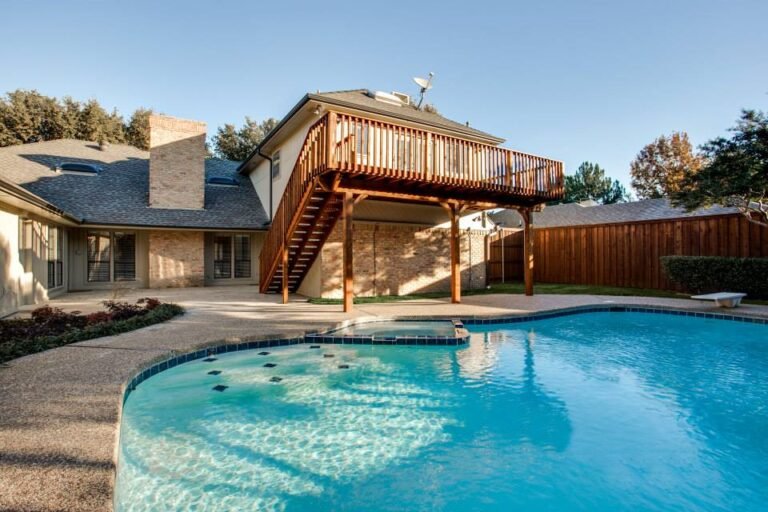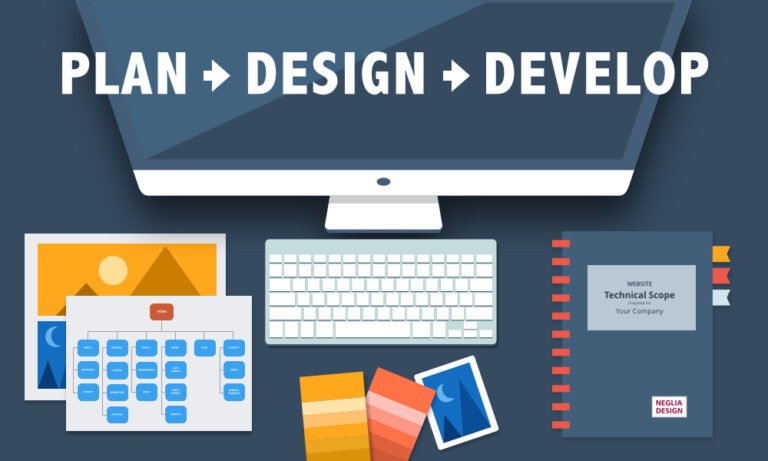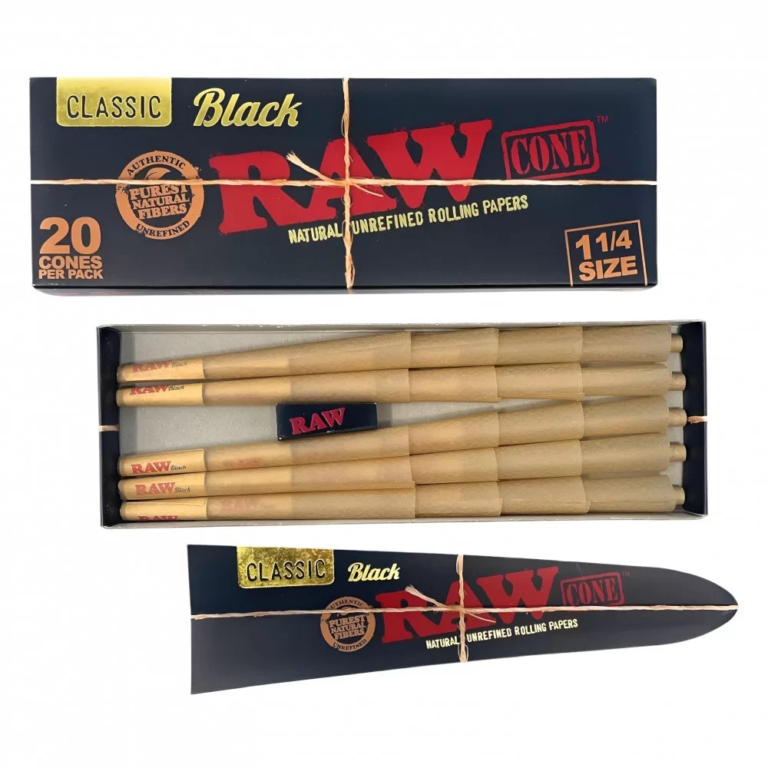What to Check Before Purchasing Used Bowling Equipment
Investing in used bowling equipment can be a smart decision, especially for individuals, bowling centers, or entertainment facilities looking to save money without compromising on quality. Whether you’re setting up your first lane at home or upgrading a commercial bowling center, buying secondhand equipment allows you to access reliable gear at a fraction of the cost of new products. However, purchasing used items comes with its own set of challenges, and careful inspection is essential to avoid hidden issues.
A trusted source for used bowling equipment can help reduce the risks by providing high-quality products, transparent condition reports, and support throughout the buying process. But even when working with reputable sellers, it’s important to know what to check before making a purchase to ensure the equipment meets your needs and expectations.
1. Understand What You Need
Before inspecting specific items, define what you’re looking for based on your space, goals, and usage. Are you purchasing a single ball return, an entire lane setup, or just some bowling balls and pins? Identifying your priorities in advance helps narrow your search and ensures that you invest only in the gear you’ll actually use.
Make a checklist of essential equipment such as:
- Pinsetters (string or traditional)
- Bowling lanes or synthetic panels
- Ball returns and capping
- Scoring systems
- Lane machines and accessories
- Balls, pins, shoes, and seating
2. Inspect Physical Condition
Once you identify your desired equipment, thoroughly examine its physical condition. For mechanical components like pinsetters or ball returns, look for visible signs of wear, rust, or damage. Any equipment showing excessive corrosion, cracks, or missing parts should raise a red flag.
Check for:
- Clean and rust-free metal parts
- Stable and undamaged structural components
- Well-functioning moving parts
- No fraying or exposed wires on electrical systems
If inspecting in person isn’t possible, ask the seller to provide detailed images and videos from multiple angles, as well as close-ups of areas with wear.
3. Ask About the Equipment’s History
Understanding the background of the equipment can give insight into how well it was maintained and what kind of performance you can expect. Ask the seller:
- How old is the equipment?
- Where was it previously installed?
- Was it regularly maintained?
- Has it undergone any refurbishments?
Well-maintained equipment with service records or refurbishment documentation is generally more reliable than items with unknown or questionable histories.
4. Verify Functionality
If possible, test the equipment before purchasing. Operate pinsetters, scoring systems, or ball returns to ensure everything runs smoothly. Listen for unusual sounds or observe any irregular movements that may signal mechanical issues.
For bowling balls or pins, ensure they are not chipped, cracked, or overly worn. Even minor imperfections can affect gameplay, especially for serious bowlers or competitive environments.
5. Evaluate Compatibility
Used equipment may have been built for different standards, lane sizes, or electrical systems. Before purchasing, confirm that the components are compatible with your existing setup or space. This includes:
- Lane width and length
- Voltage and power requirements
- Scoring system interfaces
- Mounting or installation requirements
It’s advisable to consult with a technician or equipment installer to ensure a smooth integration process.
6. Consider Refurbishment Options
Some suppliers offer used equipment that has been refurbished to restore its functionality and appearance. Ask whether the items you’re interested in have been reconditioned, and what the process entailed. Refurbished products often offer the best value—delivering like-new performance without the price tag of brand-new gear.
Check if refurbishment includes:
- Replacement of worn components
- Electrical or mechanical testing
- Cosmetic improvements (paint, polish, etc.)
- Warranty or service options
7. Confirm Shipping and Installation Logistics
Large items like lanes and pinsetters require careful handling during transport and installation. Before finalizing the purchase, ask about:
- Shipping costs and delivery timelines
- Whether the seller offers installation services
- Disassembly and reassembly requirements
- On-site support during setup
Being prepared for these logistics helps prevent delays and unexpected costs.
8. Understand Return and Warranty Policies
Even if the equipment seems to be in good condition, things can go wrong. Confirm the seller’s return policy and whether any warranty or guarantee is included. A short-term warranty on used equipment is a sign that the seller stands by the quality of their products.
Read the fine print, especially if the seller is offering refurbished gear, and clarify what is covered in case of issues.
Conclusion
Purchasing used bowling equipment is a cost-effective way to access quality gear, but it requires careful evaluation to ensure you’re getting the best value. By understanding your needs, thoroughly inspecting items, confirming compatibility, and working with reputable sellers, you can make a confident and informed purchase.
A little due diligence goes a long way when buying used equipment—protecting your investment, supporting your bowling goals, and ensuring that your equipment performs reliably for years to come.







